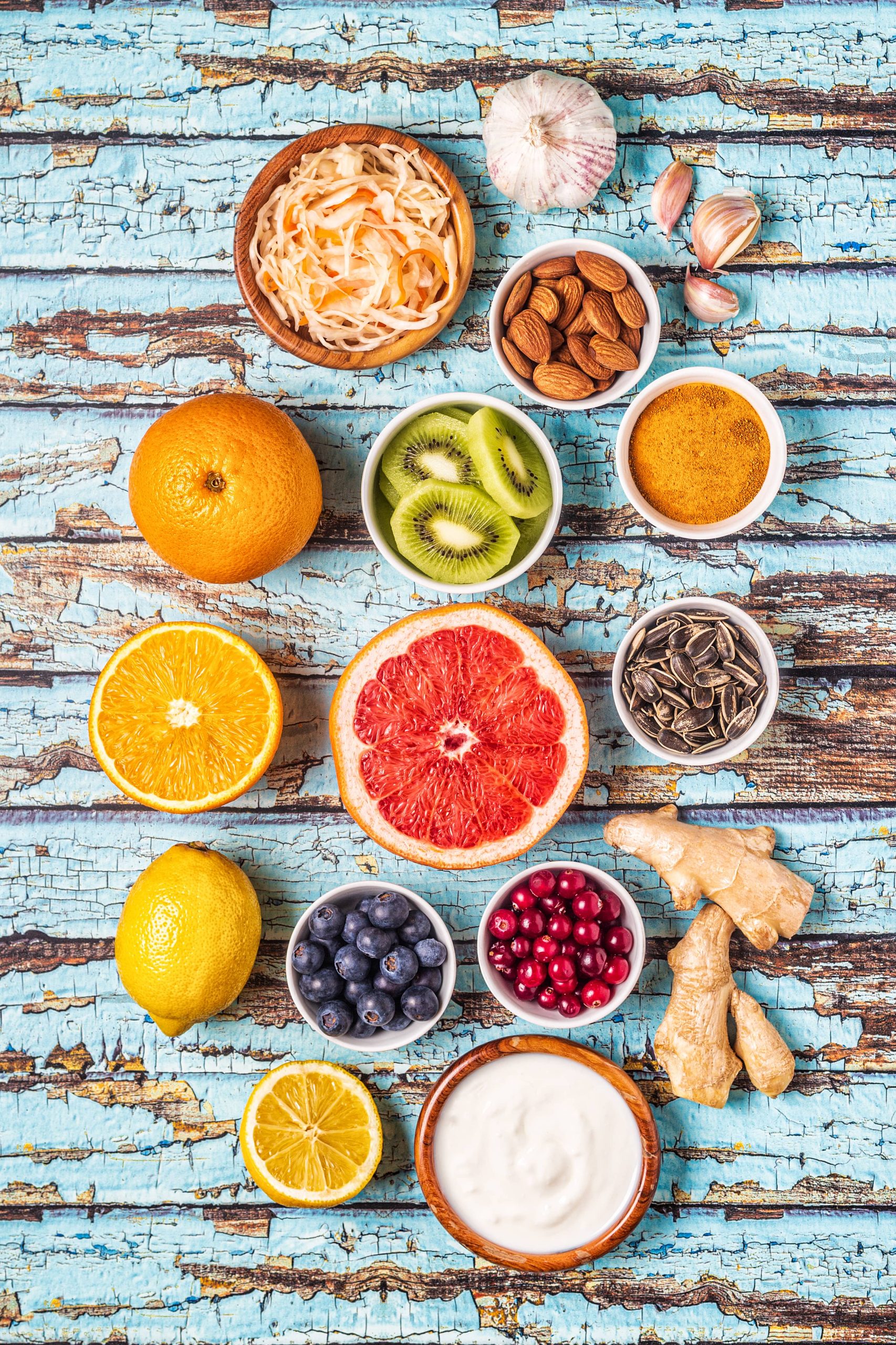
Thanksgiving is a time of joy, family gatherings, and, of course, delicious food. However, it can also be a time of overindulgence, leading to feelings of discomfort and regret. As a health-conscious individual, you might be wondering how to enjoy the holiday feast without compromising your nutritional goals. This guide will help you navigate Thanksgiving portions, ensuring you savor every bite while maintaining a balanced approach to your meal.
Understanding Portion Sizes
Before diving into the specifics of Thanksgiving dishes, it’s essential to understand what portion sizes mean. A portion is the amount of food you choose to eat, while a serving size is a standard measurement of food, such as a cup or an ounce. The key to a balanced Thanksgiving meal is to be mindful of both.
The Thanksgiving Plate
A traditional Thanksgiving meal often includes turkey, stuffing, mashed potatoes, cranberry sauce, green beans, and pumpkin pie. Let’s break down each component and discuss how to enjoy them in moderation.
Turkey
Turkey is the star of the Thanksgiving table and a great source of lean protein. A standard serving size is about 3 to 4 ounces, roughly the size of a deck of cards. Opt for white meat, such as the breast, which is lower in fat compared to dark meat. If you prefer dark meat, try to limit your portion to the recommended size.
Stuffing
Stuffing is a delicious but calorie-dense side dish. A typical serving size is about 1/2 cup, which is approximately the size of a tennis ball. To make it healthier, consider using whole-grain bread and adding vegetables like celery and onions. Be mindful of the butter and oil content, as these can significantly increase the calorie count.
Mashed Potatoes
Mashed potatoes are a Thanksgiving staple, but they can be high in calories and fat, especially when loaded with butter and cream. A serving size is about 1/2 cup. To lighten them up, use skim milk or a milk alternative and reduce the amount of butter. You can also try mashing cauliflower as a lower-carb alternative.
Gravy
Gravy adds flavor to your meal but can also add extra calories and fat. A serving size is about 1/4 cup. Consider making a homemade version using turkey drippings, flour, and broth, and skim off the fat before serving.
Cranberry Sauce
Cranberry sauce provides a sweet contrast to the savory dishes on your plate. A serving size is about 1/4 cup. Be cautious with store-bought versions, as they can be high in added sugars. Making your own with fresh cranberries and a natural sweetener like honey or maple syrup can be a healthier option.
Green Beans
Green beans are a nutritious addition to your Thanksgiving meal. A serving size is about 1 cup. To keep them healthy, steam or roast them with a little olive oil and garlic instead of using heavy cream or fried onions.
Pumpkin Pie
No Thanksgiving meal is complete without dessert, and pumpkin pie is a classic choice. A standard serving size is one slice, about 1/8 of a 9-inch pie. To enjoy it without overindulging, savor each bite and consider skipping the whipped cream or opting for a smaller slice.
Tips for Mindful Eating
1. Start with a Salad: Begin your meal with a salad or a broth-based soup. This can help fill you up and prevent overeating.
2. Use a Smaller Plate: Using a smaller plate can help control portion sizes and prevent piling on too much food.
3. Eat Slowly: Take your time to enjoy each bite. Eating slowly allows your body to register fullness, reducing the likelihood of overeating.
4. Stay Hydrated: Drink water throughout the meal. Sometimes, thirst can be mistaken for hunger.
5. Listen to Your Body: Pay attention to hunger and fullness cues. Stop eating when you feel satisfied, not stuffed.
6. Limit Alcohol: Alcohol can add extra calories and lower your inhibitions, leading to overeating. If you choose to drink, do so in moderation.
Balancing Indulgence and Nutrition
Thanksgiving is a time to enjoy good food and company, and it’s okay to indulge a little. The key is balance. If you know you’ll be having a rich meal, consider eating lighter meals earlier in the day. Incorporate physical activity, like a family walk, to help offset the extra calories.
Conclusion
Thanksgiving is a wonderful opportunity to celebrate with loved ones and enjoy delicious food. By being mindful of portion sizes and making healthier choices, you can savor the holiday feast without compromising your nutritional goals. Remember, it’s not just about the food but also the memories and connections you create with family and friends. Enjoy your Thanksgiving with gratitude and balance.











